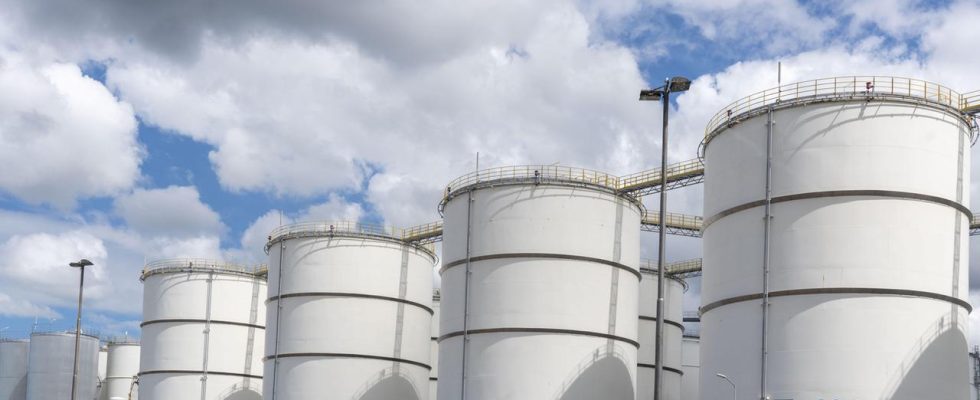German wholesale prices have fallen for the second time in a row. As a result, inflation could also fall further, because wholesalers are seen as the link between manufacturers and end customers.
German wholesale prices fell again in May due to cheaper energy. They fell by 2.6 percent compared to the same month last year, as reported by the Federal Statistical Office. This is the strongest decline since July 2020, when the outbreak of the corona pandemic also caused economic turmoil.
In April there was already a minus of 0.5 percent – this was the first price drop compared to the same month last year since December 2020. Prices in German wholesale also fell compared to the previous month: from April to May the drop was 1.1 percent.
Significantly lower prices for petroleum products
Petroleum products such as gasoline, which were 22.7 percent cheaper in May than a year earlier, had the greatest influence on the development of wholesale prices. Commodity prices rose particularly sharply a year ago after the Russian invasion of Ukraine.
On the other hand, last month the prices of fruit, vegetables and potatoes rose by more than 20 percent, the prices of building materials and building elements made of mineral materials by 11.6 percent compared to the previous year.
Inflation likely to have peaked
With the falling price pressure in wholesale, inflation in Germany could also ease further. Because price changes in wholesale, which is considered the link between manufacturers and end customers, usually reach consumers with a delay.
The inflation rate in May was 6.1 percent, its lowest level in more than a year. Many economists now believe that inflation has peaked. “However, due to the high inflation at the beginning of the year, inflation in 2023 as a whole is likely to be more than five percent,” said Sebastian Dullien, Scientific Director of the Institute for Macroeconomics and Business Cycle Research (IMK). An inflation rate of less than 2.5 percent is expected for 2024.

